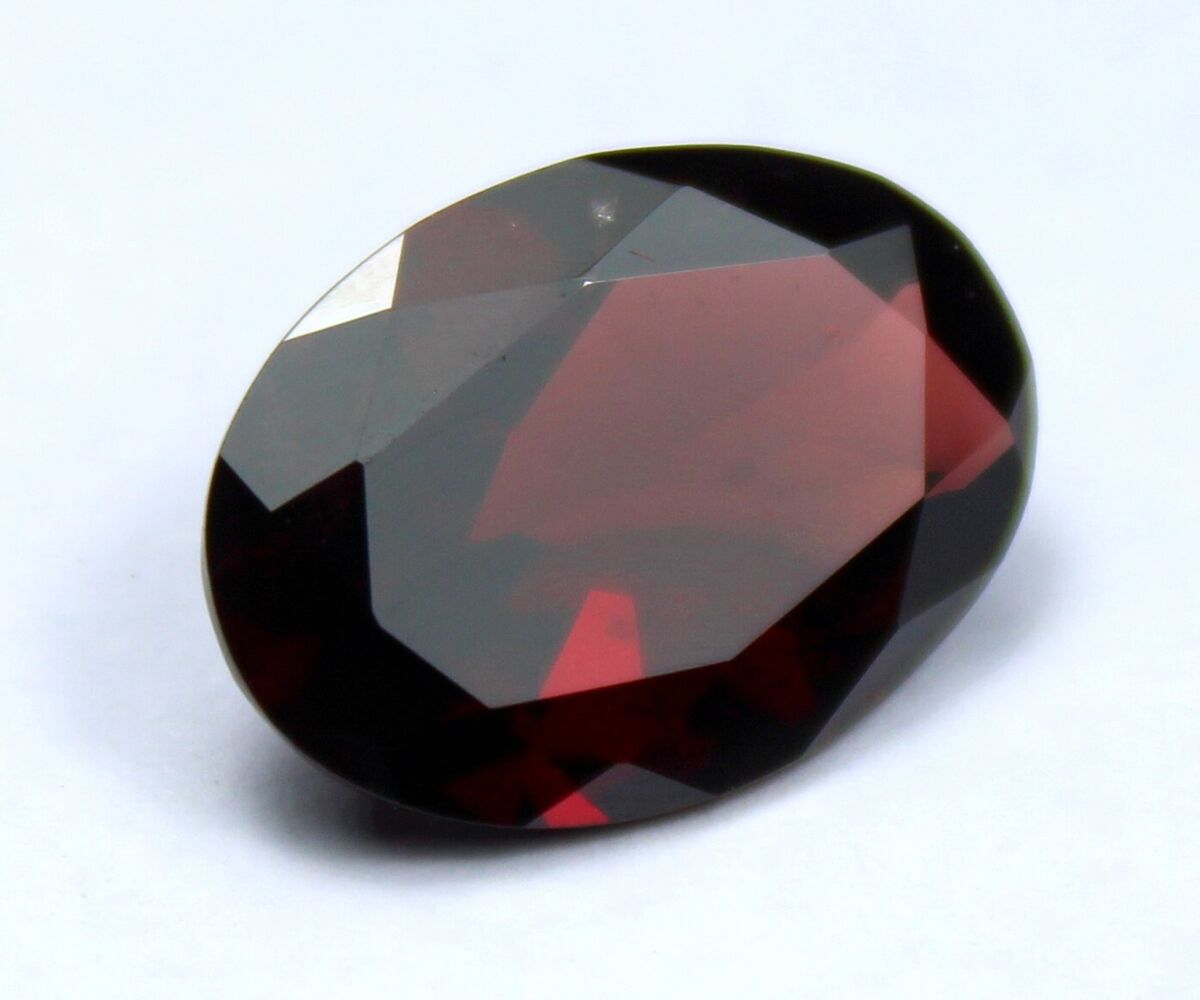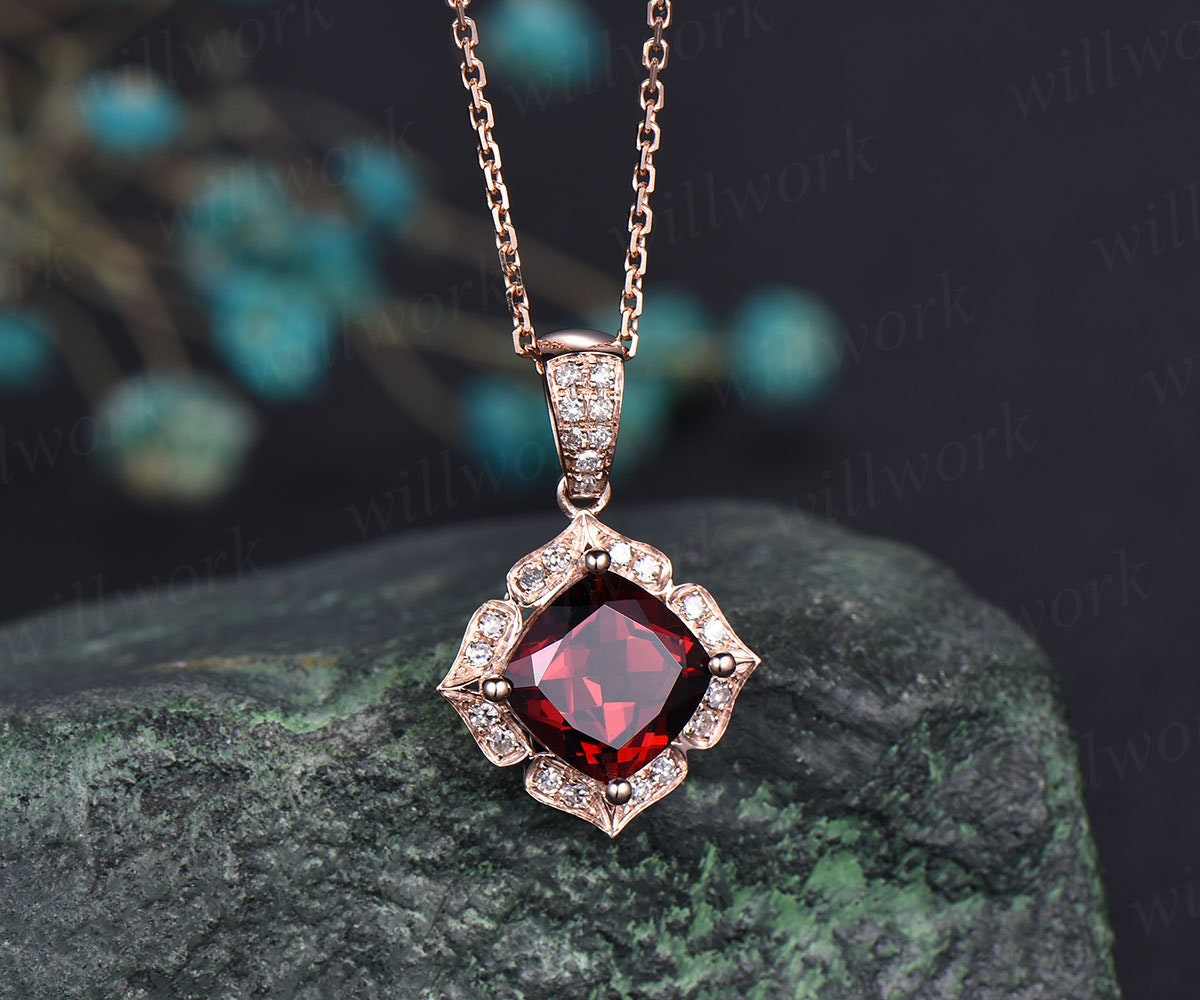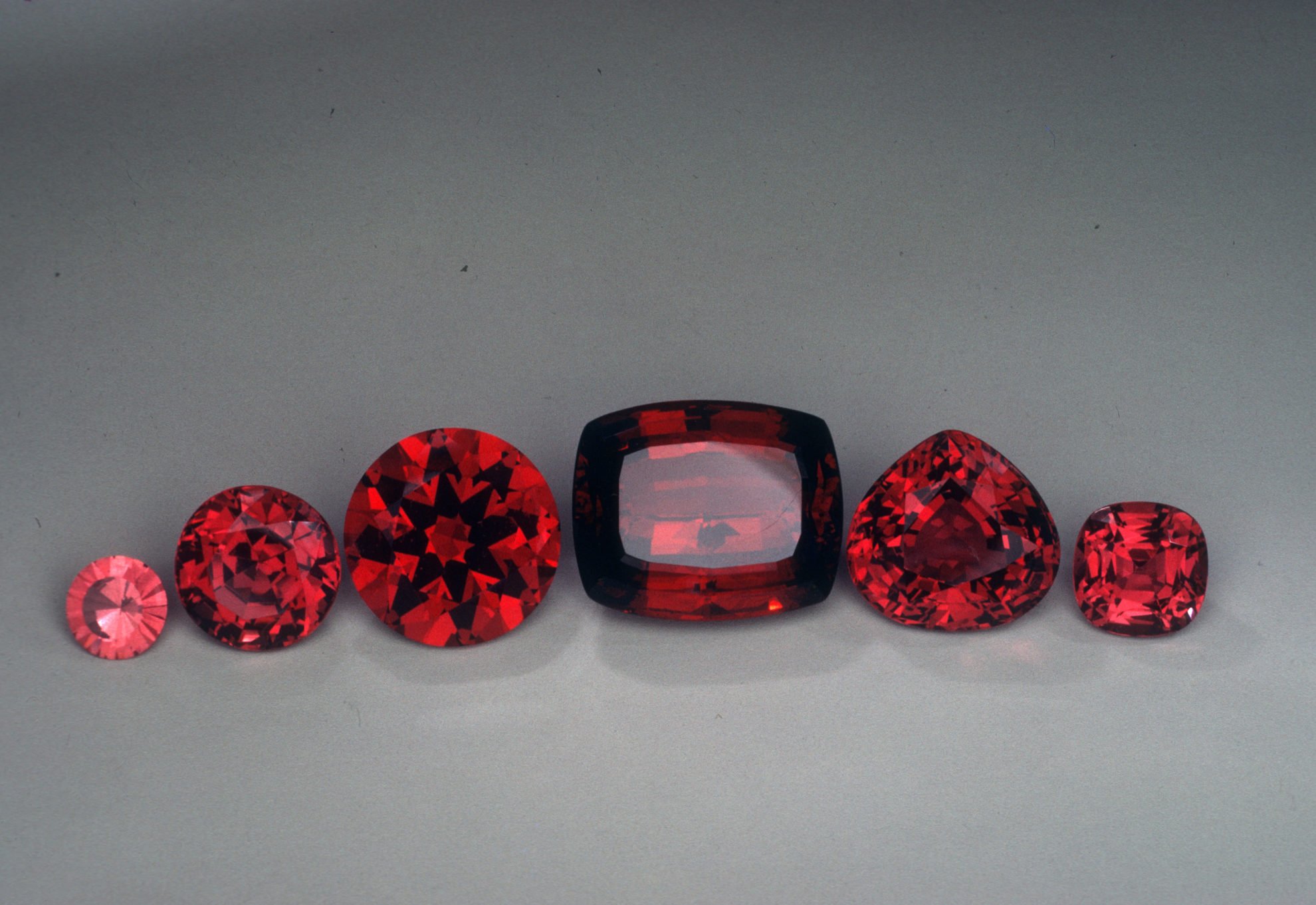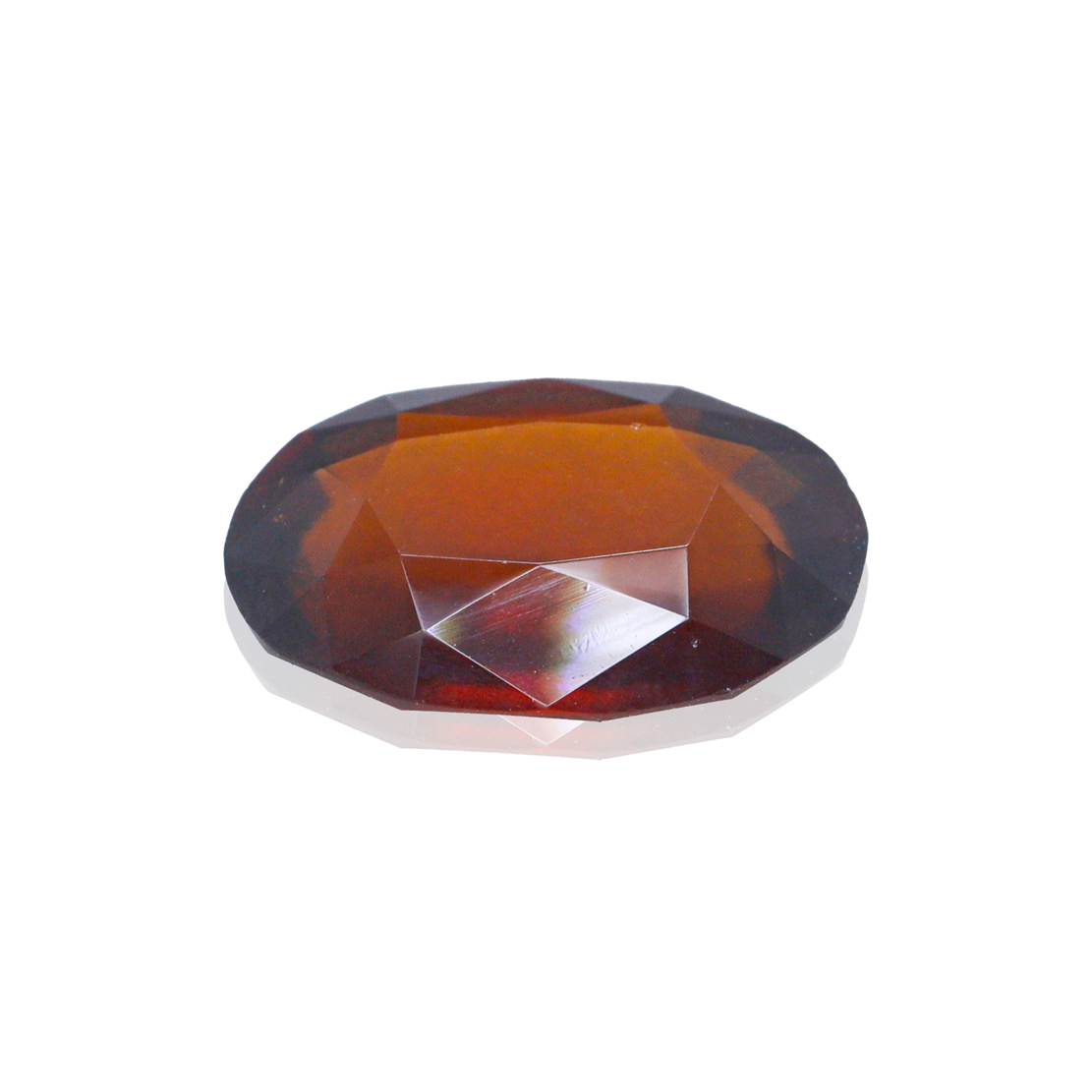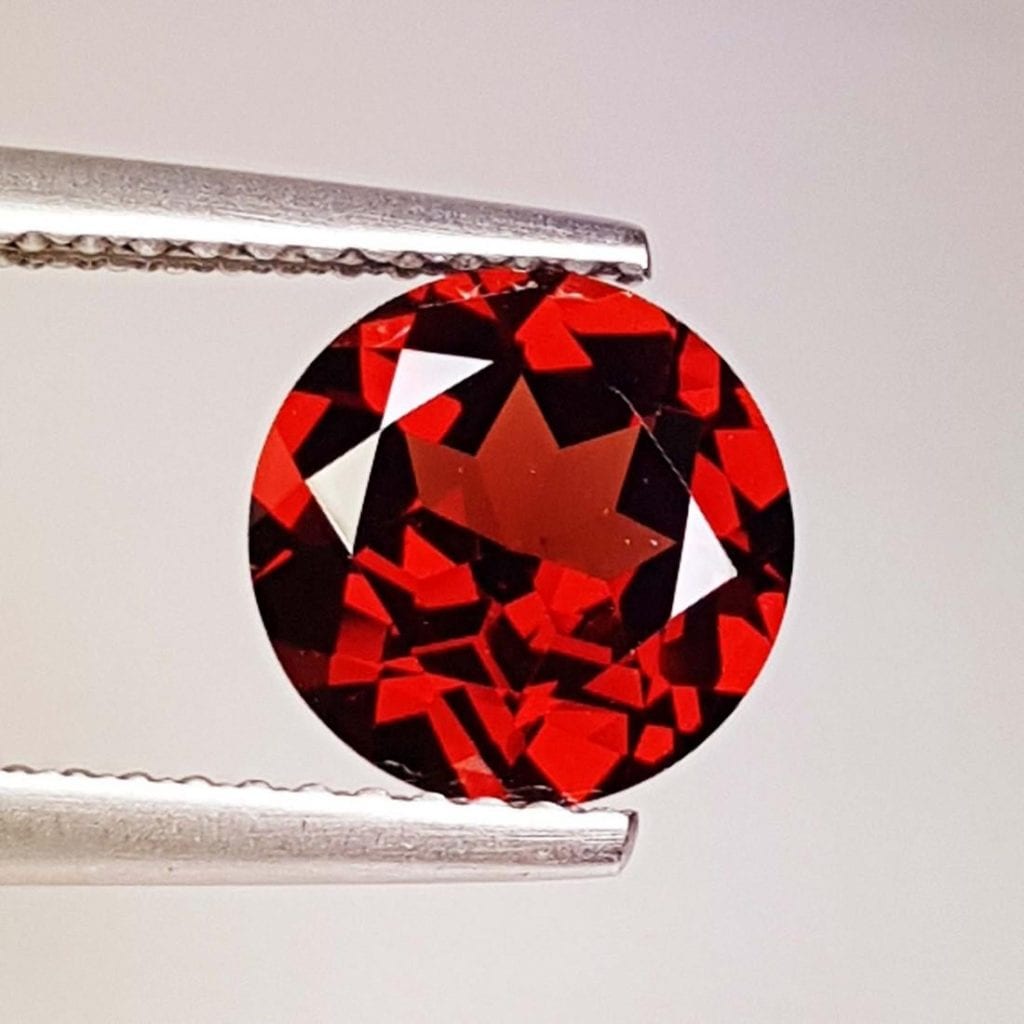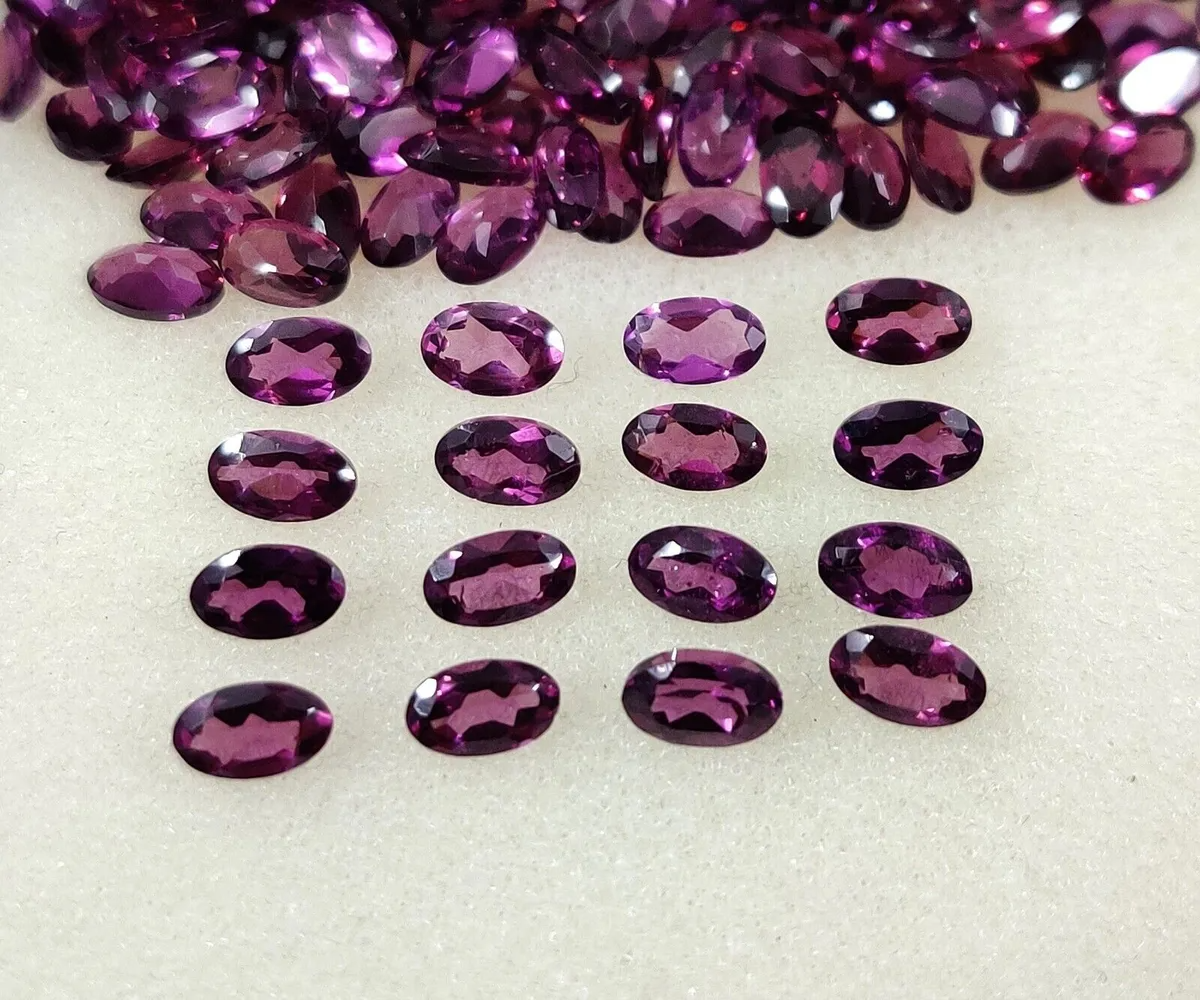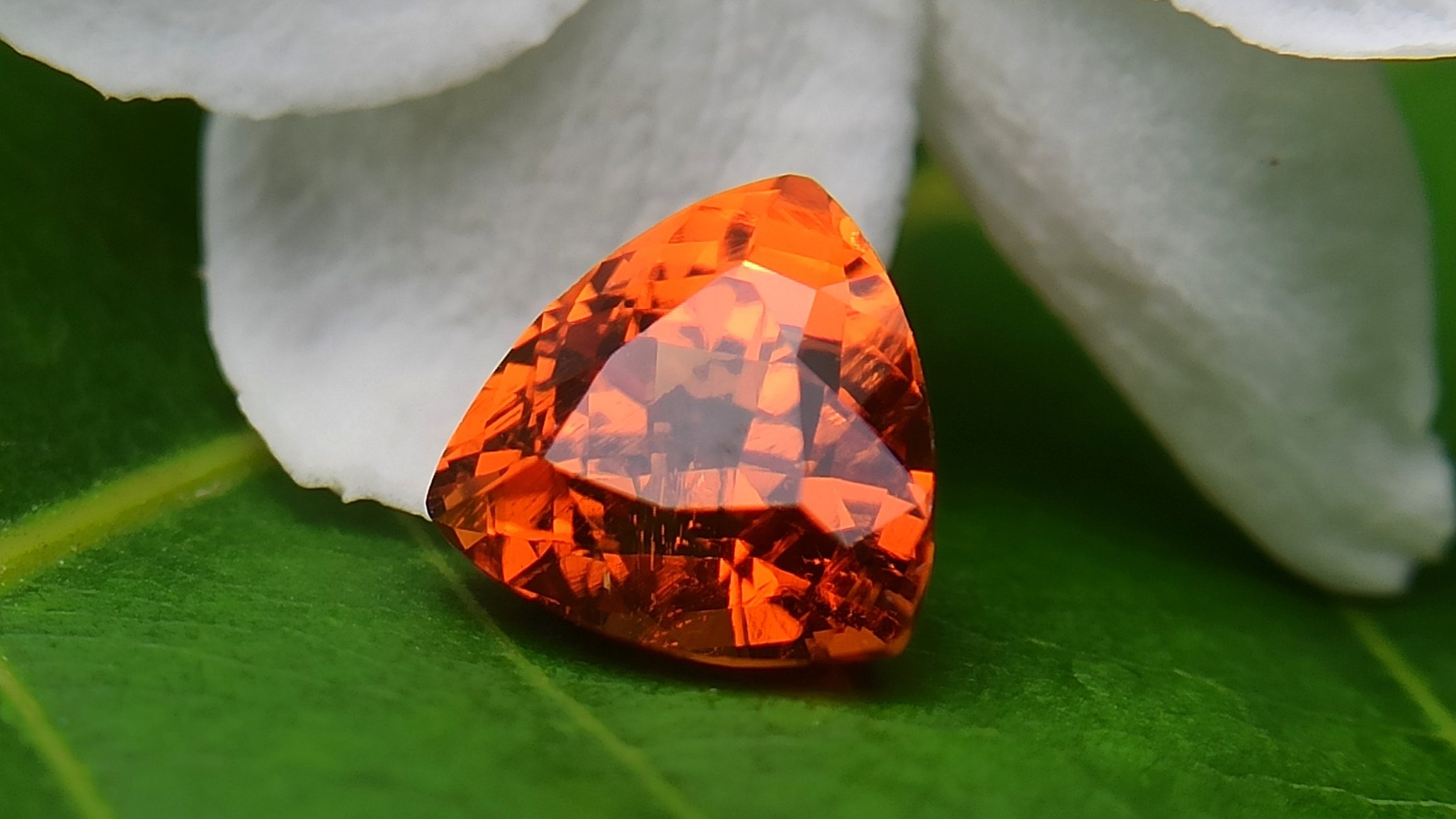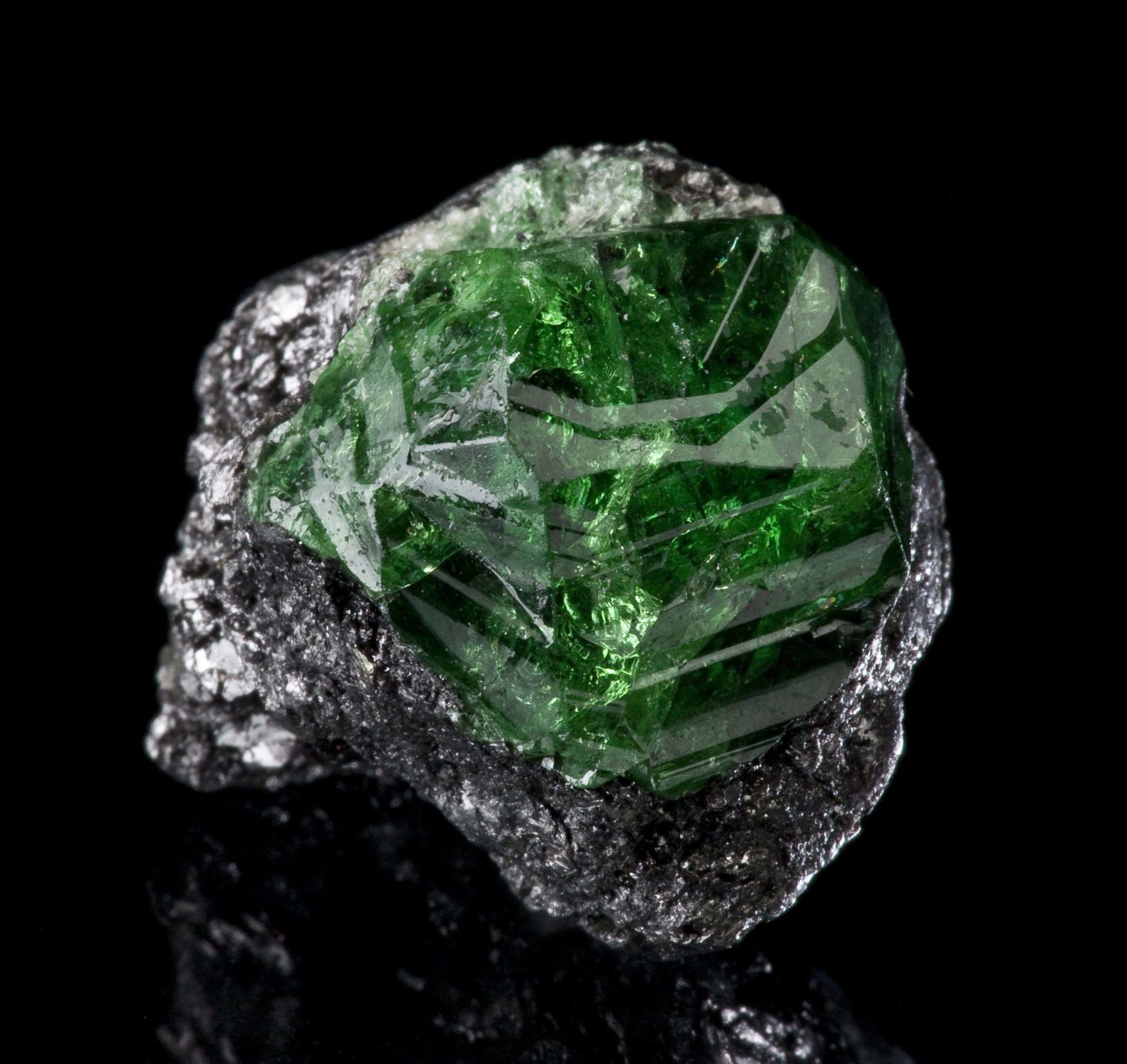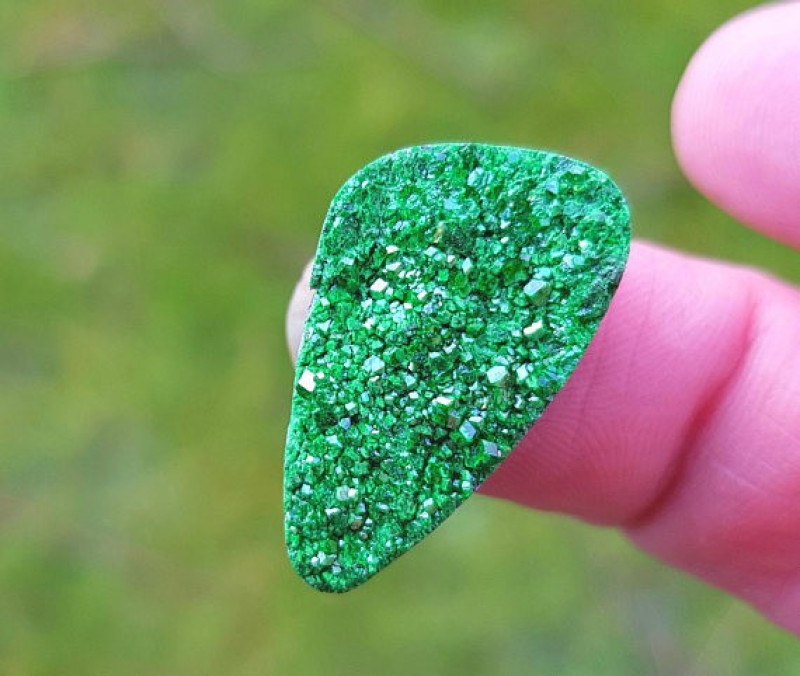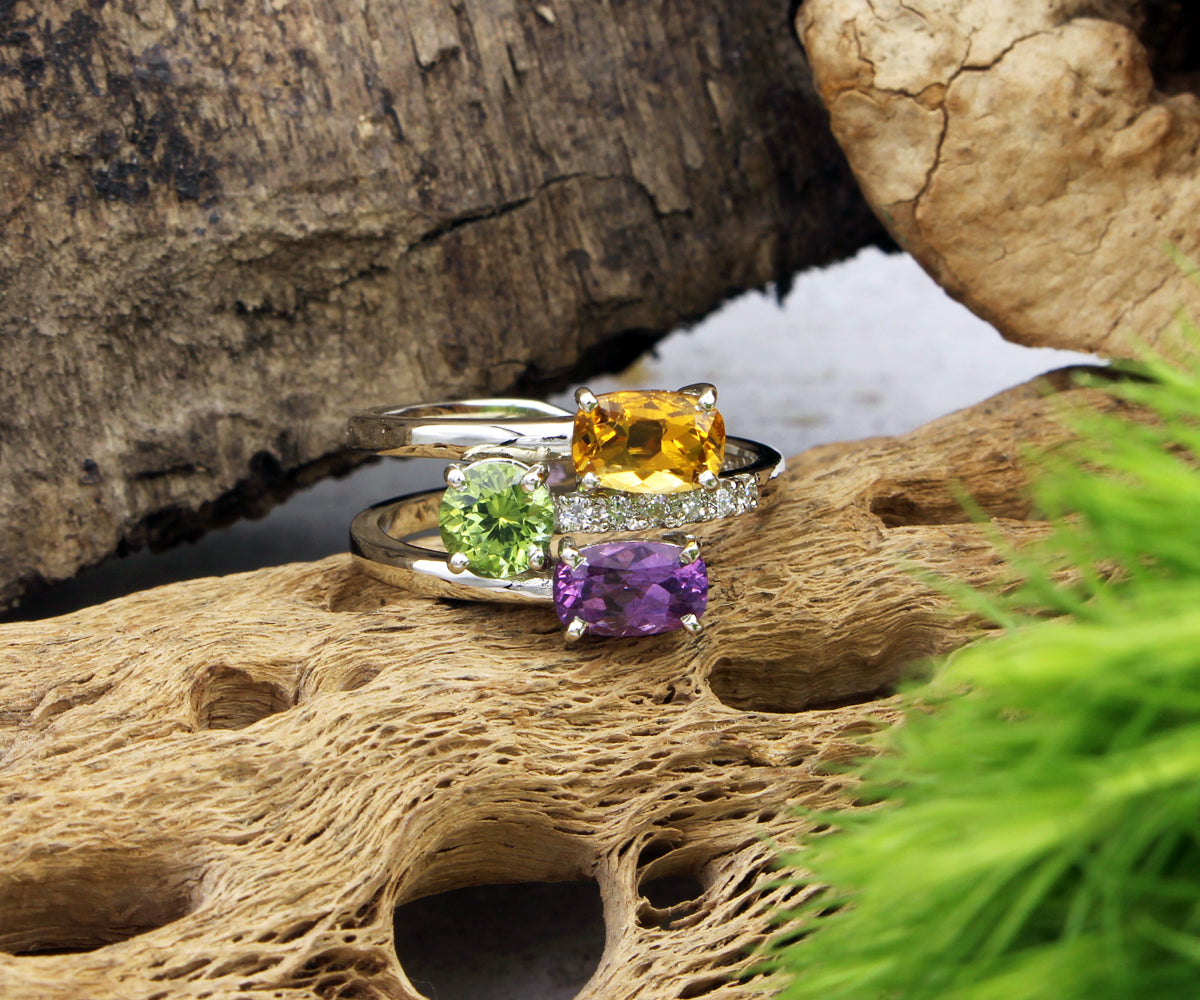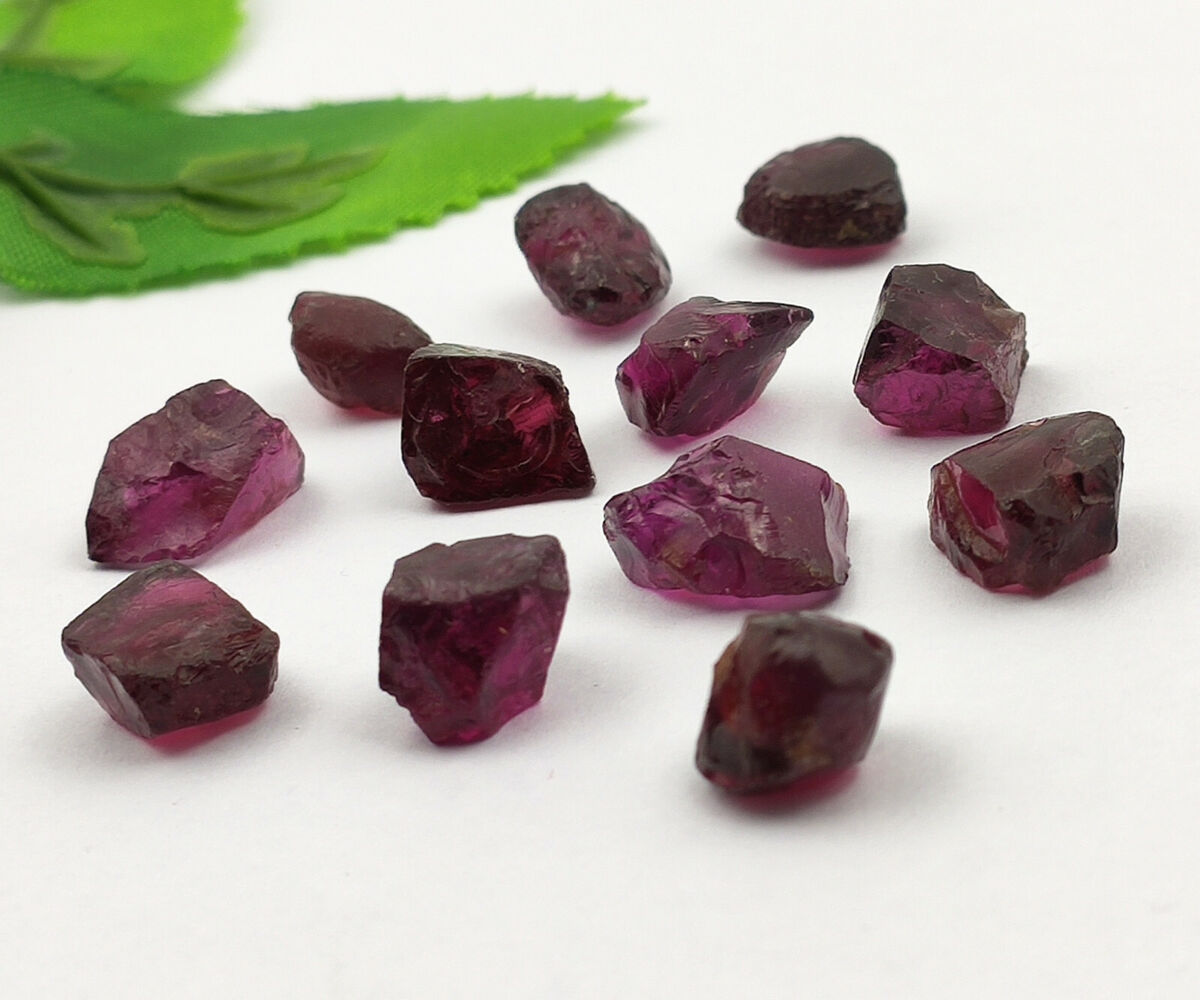
January, the first month of the year, often brings with it a sense of renewal, a fresh start, and a blank canvas on which to paint the coming year. It is a time when many embark on new resolutions and set the tone for the months ahead.
While colors are an essential part of everyone's lives, they also hold symbolic meanings and associations. In this article, you will delve into the world of color psychology to unravel what color represents January, examining the various factors that influence this choice and how colors can encapsulate the essence of the month.
Color Psychology - A Brief Overview
Before you delve into what color represents, January, it's essential to understand the basics of color psychology. Colors have the power to evoke emotions, influence perceptions, and communicate meaning.
Different colors can elicit various psychological and emotional responses, and this understanding forms the basis for associating colors with specific months, seasons, or occasions.
The concept of color psychology has been extensively studied and used in various fields, including marketing, interior design, and even in your daily life. The psychological effects of colors are often rooted in cultural and historical contexts, as well as individual experiences. While color symbolism can vary across cultures, some common associations tend to hold in many societies.
January - A Month Of Diverse Meanings
January is a month with multifaceted meanings. It marks the beginning of a new year and, in many parts of the world, symbolizes hope, resolutions, and a fresh start.
However, January is not only about new beginnings; it also brings with it cold winter days, snow, and the transition from the holiday season back to the routines of daily life. Understanding these various facets of January is crucial to identifying the color that best represents the month.
What Color Represents January And Why
There is no single, universally accepted color that represents January. The choice of color can vary based on cultural, regional, and personal preferences. However, several colors are commonly associated with this month, each capturing different aspects of January's character:
White
White is often associated with the snowy landscapes that dominate the Northern Hemisphere during January. The purity and cleanliness of white symbolize the fresh start and resolutions that many people make at the beginning of the year. White can also represent the tranquility and stillness that often accompanies winter, making it a popular choice for representing January.
Blue
Blue is another color frequently linked to January. It is reminiscent of the cold winter skies and the sense of calm that often comes with the start of a new year. Light blues, in particular, can convey a feeling of clarity and optimism, aligning with the sense of hope that accompanies the new year.
Silver
Silveris associated with the winter season, and its metallic sheen can evoke images of frost and ice. It's a color that adds a touch of elegance and sophistication, reflecting the idea of starting anew with a sense of grace and refinement.
Gray
Gray is a color that captures the muted, monotonous aspects of January, especially for those living in regions where overcast skies and barren landscapes mark the month. It can signify the transition from the holiday season to the routine of daily life, often associated with a more somber and reflective mood.
Green
In some cultures, green is linked to January as a symbol of renewal and growth. While it may not be the dominant color for the month, it represents the potential for new beginnings and the growth of resolutions and goals set at the start of the year.
Gold
Goldis another color associated with the celebratory aspects of January, particularly the New Year's festivities. It symbolizes luxury, prosperity, and the promise of a bright future. Gold can be seen in decorations, clothing, and accessories during this time.
Red
Red may not be as commonly associated with January as it is with other holidays, such as Christmas or Valentine's Day. However, it can be used to represent the warmth and coziness people seek during the cold winter days of the month.
Pantone's Color Of The Year
Each year, Pantone, a global color authority, announces its Color of the Year. Cultural, social, and design trends influence this choice. The Color of the Year can indirectly influence the colors associated with each month, including January, as it sets a tone for design and fashion throughout the year.
January Birthstone Garnet Color
The stunning deep red garnet is the official birthstone for January, making deep red the birthstone hue for this month. There are no substitute January gemstonessince January is one of the rare months with only one birthstone.
In addition to being a heartfelt birthday present in January, garnet jewelryis often presented to commemorate a second wedding anniversary. The phrases "deep red" and "seed," which may have something to do with the crystal's resemblance to red pomegranate seeds in terms of form and color, are the sources of the word garnet.
Garnets stand for compassion, loyalty, and trust.
What Is Garnet?
Around the globe, igneous and metamorphic rocks include garnets, a kind of silicate minerals. Although it is available in many hues, deep, rich red garnets are the most popular. In the realm of gems, the garnet family is among the most intricate. It is made up of several species and variants rather than being a single species.
Because garnet's spherical crystalsresemble pomegranate seeds, the term garnet comes from the Latin word for grain. As the official birthstone for January, garnet is associated with devotion, companionship, protection, trust, and love. It is also stated that garnet keeps a wearer safe while traveling.
The Symbolism Of The Red Color For January
Red has long been associated with luck and wealth in Eastern cultures, such as China and India. Red was traditionally worn by Chinese brides together with white, but in Indian culture, red was seen as a sign of purity. The color red is associated with ferocious energy, which gives everything life and strength. It stands for tenacity, power, desire, and sensuality.
A call to action is prompted by the color red. Red may be used to arouse passionate intimacy, but when used negatively, it can also represent rage, jealousy, retaliation, and destruction. Red is often used as a warning symbol.
A little amount of red in your environment may be energizing and invigorating, but too much red is not a good thing. Consider a red birthstone ringin contrast to red-painted walls. In summary, if you wish to become more powerful, hesitate to act, or have self-doubt, utilize red gemstone.
January Birthstone Color Meaning - Red
The vivid crimson of the January birthstone is similar to the deep scarlet of a pomegranate seed. Consequently, red is the birthstone color for January. The vivid red of garnet matches the features of those born in January, making it the ideal birthstone color for January.
Red is a color associated with fire, passion, strength, and ambition. The red garnet also stands for enduring love and unwavering devotion. January babies and this stone have a certain exquisiteness and toughness about them. Because it so perfectly suits their characteristics, red garnet is the birthstone color for January.
The color garnet, which is associated with riches, health, and success, is auspicious for job interviews and commercial endeavors. Additionally, it assists you in accessing the wholesome sexual energy of goddesses like Venus, Cupid, and Aphrodite.
Alternative January Birthstone - Green Garnet
One of the rare months without secondary or substitute birthstonesis January. There are additional options outside the conventional deep red garnet, however, because of the garnet group's vast color spectrum. For instance, there are three exquisite green varieties: Demantoid, Tsavorite, and Green Grossular.
Green Grossular
Green Grossular is a yellow-green stone that was first found in Russia and subsequently found in Hungary and Italy. It was called after a gooseberry with a similar hue.
Demantoid
Because of its luster and brilliance, the uncommon emerald green gemstone known as demantoid is called after diamonds. Before a fresh deposit was identified in Namibia, it was the sole source for many years after it was initially discovered in Russia.
Types Of Garnet
There are seven primary varieties of garnet, each with distinct qualities and origins from throughout the world. Color, density, and refraction capacity changes account for the majority of the variances between these kinds.
Almandine
A rich, dark crimson with hints of orange or purple. The wine-colored almandine garnets are the most expensive. Almandine garnets may be found in Kentucky and Brazil, among other places.
Hessonite
This type, which is found chiefly in Sri Lanka, may be either brilliant yellow or a dark yellow-brown color.
Pyrope
The most intensely red tones may be found in American pyrope garnets, which are the traditional kind of garnet that most people associate with January's birthstone.
Rhodolite
This African species is also quite well-liked; the rhodolite, with its pink or even purple tones, is particularly well-liked for usage in jewelry for kids.
Spessartite
Spessartite garnets, which have a medium orange to reddish-orange color, are primarily discovered in Bavaria, Germany, and are particularly well-liked there.
Tsavorite
Most people are unaware that tsavorite is really a type of garnet due to its intense green color.
Uvarovite
Russia is home to this form of vivid green garnet, which often appears in tiny crystals.
Where Is Garnet Found?
A wide variety of garnet colors, including reds, pinks, oranges, yellows, greens, browns, and even blues, are now readily accessible. New garnet species and deposits have been discovered all across the globe. The places where garnet naturally occurs and is mined to be cut into exquisitely faceted gemstones are listed below.
Brazil
There is an enormous variety of garnets in Brazil.
Namibia
Gorgeous orange-hued spessartine garnets are produced in Namibia.
Kenya
The well-known Scorpion mine, recognized worldwide for its tsavorite garnets, is located in Kenya.
Tanzania
Tanzania is where favorite, a green garnet variant, was first found.
Iran
Iran is now a new source of demantoid, a green garnet type that was just discovered.
Afghanistan
One of the primary sources of spessartine garnet is Afghanistan.
Pakistan
Pakistan's Kashmir region is home to stunning garnets known as spessartine.
Sri Lanka
Rhodolite garnet, the typical deep reddish purple type of gemstone, is mainly supplied by Sri Lanka.
India
One may find red garnets in Orissa, India.
Myanmar
Myanmar is home to rare and exquisite reddish orange garnets called spessartine. This location also mines a number of other types.
Russia
The uncommon deep green form of garnet known as demantoid garnet originated in Russia.
Using Color To Celebrate January
While no universally agreed-upon color represents January, many people and cultures use a combination of colors to celebrate the month. From the vibrant red and gold of Chinese New Year to the cool blues and silvers of winter-themed decorations, color plays a significant role in capturing the spirit of January. Here are some ways in which color is used to celebrate January:
Home Decor
Many people decorate their homes with colors that symbolize the season. This can include white and silver ornaments, blue and white tableware, and greenery that adds a touch of life to the winter landscape.
Clothing
Fashion trends often incorporate the colors associated with the season. Winter fashion may include clothing in shades of blue, gray, and silver, as well as cozy red and green sweaters.
Celebratory Decorations
New Year's celebrations are often adorned with colors that symbolize hope, renewal, and festivity. Balloons, streamers, and confetti in gold, silver, and various shades of blue are standard.
Cultural And Religious Celebrations
Various cultural and religious celebrations take place in January, and they are often accompanied by colors that hold special significance. For example, the red and gold of Chinese New Year celebrations or the blue and white of Hanukkah decorations.
Personal Resolutions
When individuals make New Year's resolutions, they may choose a color to represent their goals and aspirations for the year. This color can serve as a visual reminder of their commitment.
What Color Represents January - FAQs
Do Color Associations For January Vary Across Different Cultures And Regions?
Yes, color associations for January can vary significantly based on cultural and regional factors. For instance, Asian cultures may use red and gold for Lunar New Year celebrations, while tropical regions may lean towards vibrant greens and floral colors to represent January.
How Can Individuals Use Color To Celebrate And Represent Their Personal Goals For January?
Individuals can choose a color that resonates with their personal goals and resolutions for the year, using it as a visual reminder and representation of their aspirations.
How Do People Use Color In Their New Year's Celebrations To Represent January's Spirit?
People often use colors that symbolize hope, renewal, and festivity in their New Year's celebrations. Balloons, streamers, and confetti in gold, silver, and various shades of blue are commonly used to create a festive atmosphere.
In What Ways Does Color Influence The Perception Of January?
Color has a significant impact on how you perceive and experience the month of January. It can evoke emotions, set the mood, and convey cultural and personal meanings, shaping your perceptions of the season, its celebrations, and its significance.
Conclusion
January is a month that embodies a spectrum of emotions, from the excitement of new beginnings to the serenity of winter's stillness. So, the answer to what color represents January is that there is no single color that universally represents January; several colors are commonly associated with the month, each capturing different facets of its character. The choice of color can be influenced by cultural, regional, and personal factors, as well as by trends in the design and fashion industries.
